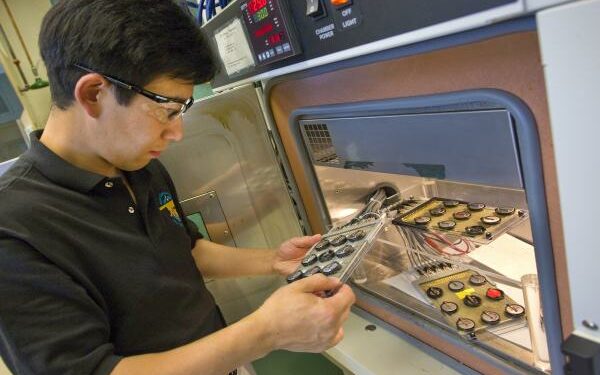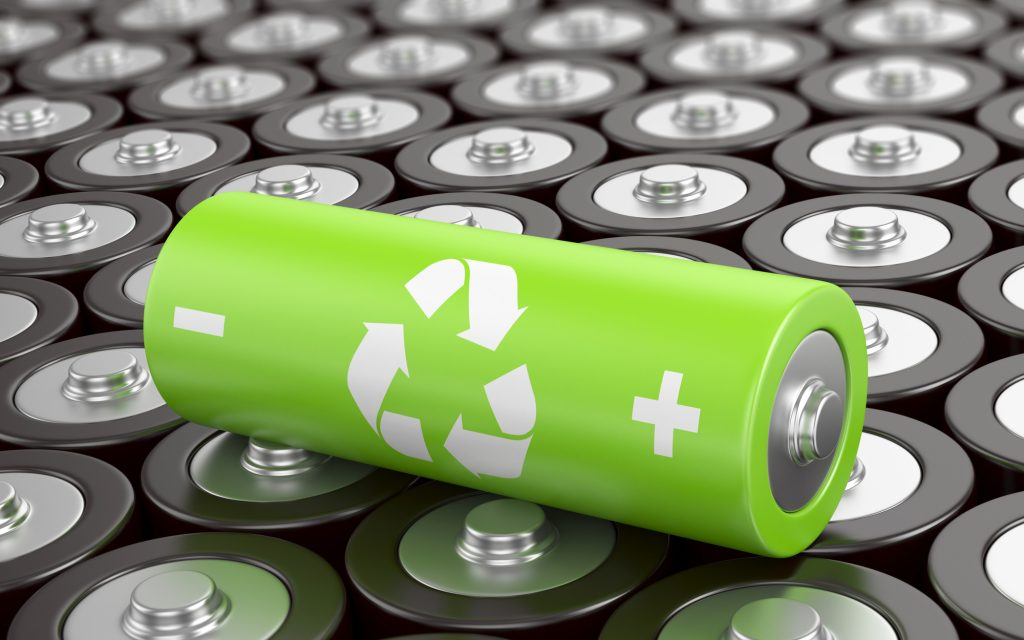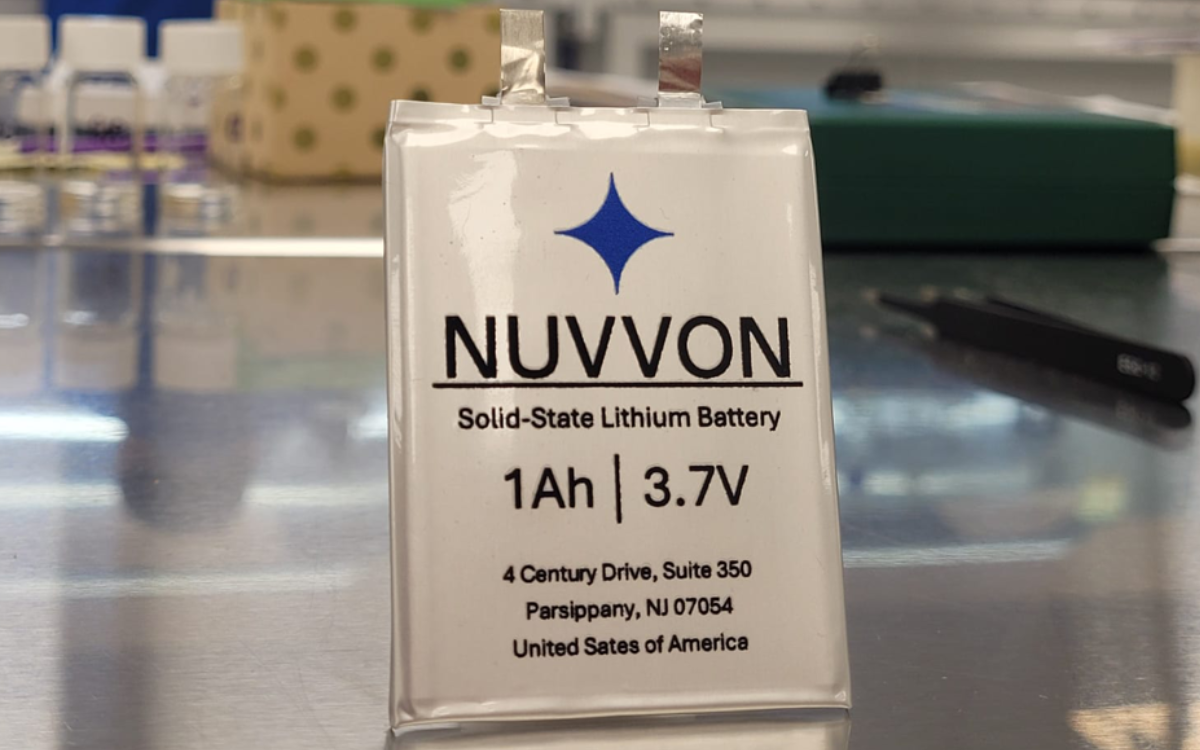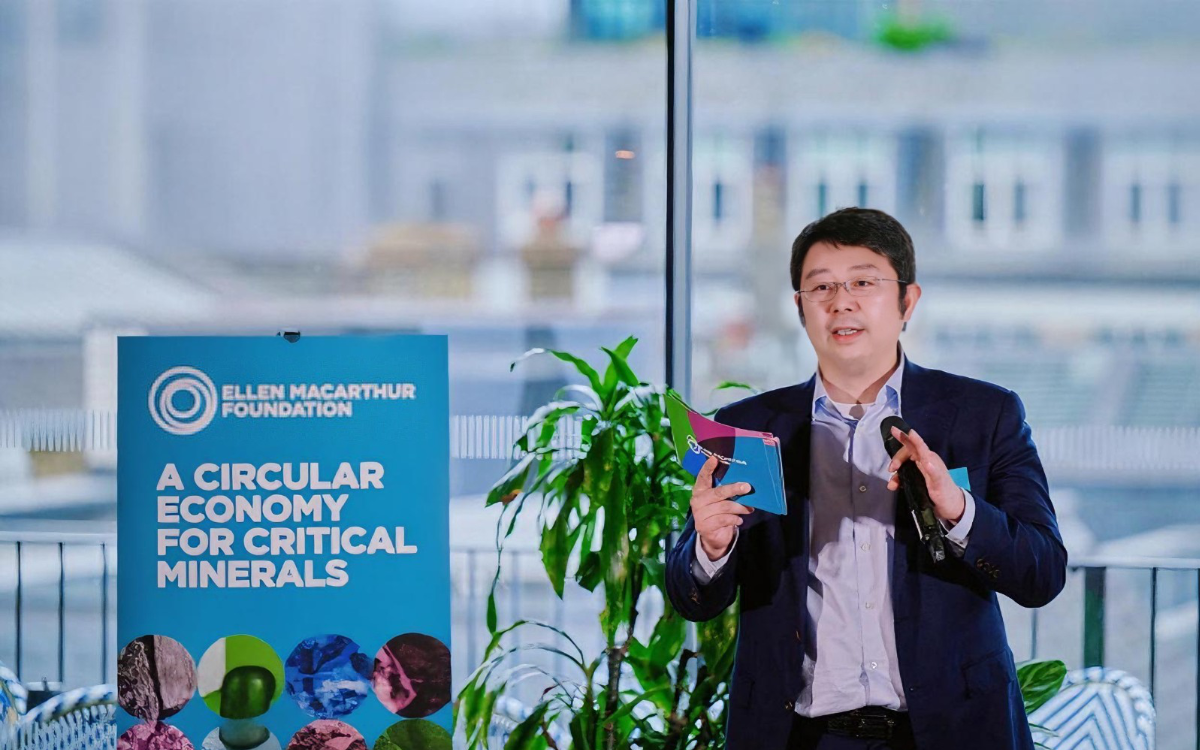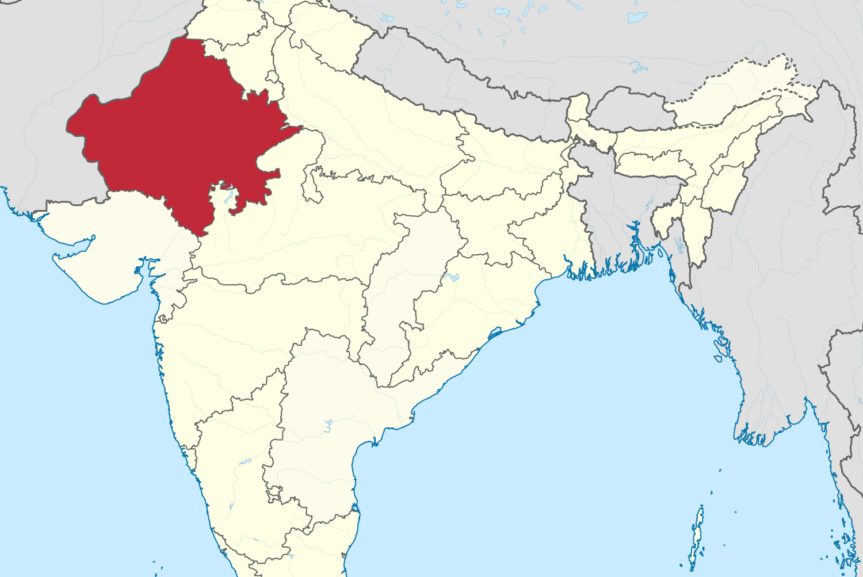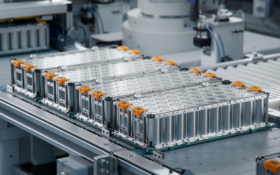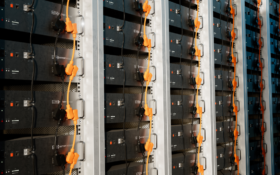A food additive extracted from seaweed could prove to be a surprise key ingredient to power advances in technology that could extend the lifetime of lithium-sulfur batteries, according to researchers in the US.
Scientists from the Department of Energy’s Lawrence Berkeley National Laboratory say they have discovered that carrageenan, a derivative of seaweed, acts as a stabiliser in lithium-sulfur batteries – and improved stability could lead to more cycling and extended lifetime.
The research led by Gao Liu (pictured) has been published in the scientific journal Nano Energy in a paper entitled ‘Nucleophilic substitution between polysulfides and binders unexpectedly stabilising lithium-sulfur battery’.
Liu, the corresponding author of the paper, said: “There’s a lot of demand for energy storage, but there’s very little chemistry that can meet the cost target. Sulfur is a very low-cost material – it’s practically free. And the energy capacity is much higher than that of lithium-ion. So lithium-sulfur is one chemistry that can potentially meet the target.”
The paper said rechargeable lithium-sulfur batteries currently have “some limited commercial applications, but the critical killer in the chemistry is that the sulfur starts to dissolve, creating what is called the polysulfide shuttling effect”.
Liu’s team tried to tackle the problem by experimenting with the binder – the substance that holds all the active materials in a battery cell together. “A binder is like glue, and normally battery designers want a glue that is inert,” Liu said. “The binder we tried worked really well. We asked why, and we discovered it was reacting – it reacted immediately with the polysulfide and formed a covalent bonding structure.”
By chemically reacting with the sulfur the binder was able to stop it from dissolving, Liu said. The researchers then looked for a naturally occurring material that would do the same thing and set on carrageenan – a substance that is extracted from red seaweed and in the same functional group as the synthetic polymer they used in their initial experiments.
“It turns out carrageenan is used as a food thickener, Liu said. And it actually worked just as well as the synthetic polymer – it worked as a glue and it immobilised the polysulfide, making a really stable electrode.”
According to the Berkeley Lab, General Motors, an industry research partner of the lab’s Energy Storage & Distributed Resources Division, tested and confirmed the findings.
Liu said he and his colleagues would continue to work on understanding the chemical reactions in the cell. He added: “After this polymer binds with sulfur, what happens next? How does it react with sulfur, and is it reversible? Understanding that will allow us to be able to develop better ways to further improve the life of lithium-sulfur batteries.”
Photograph courtesy of Lawrence Berkeley National Laboratory

